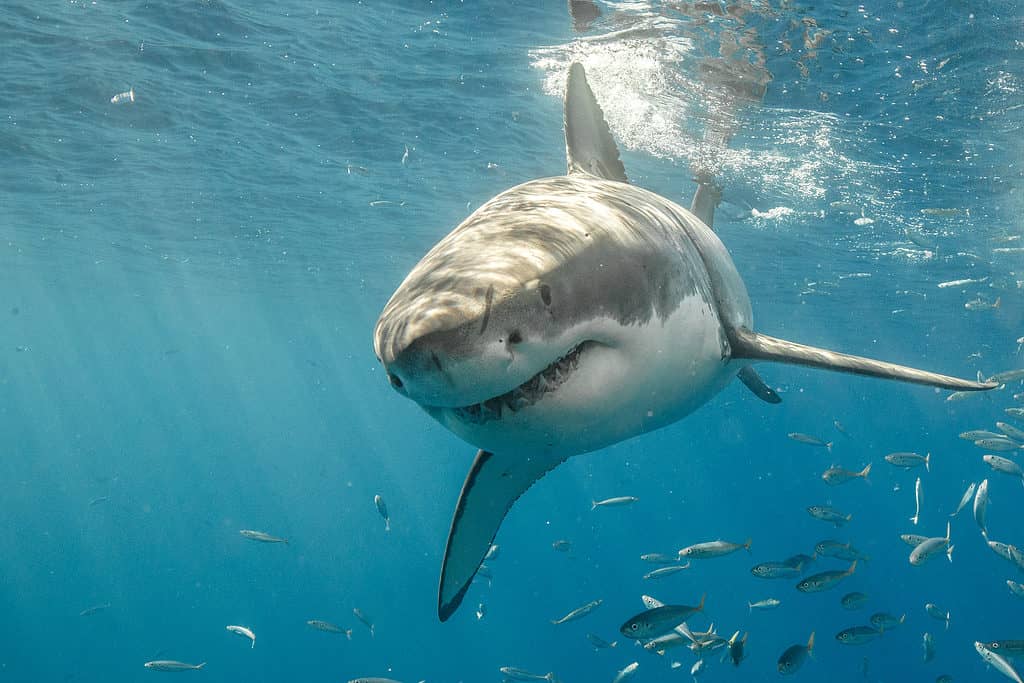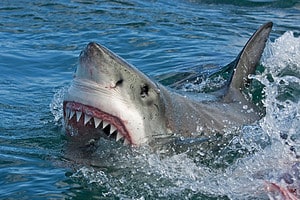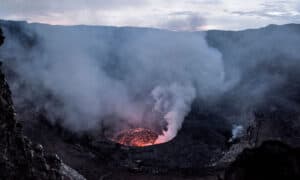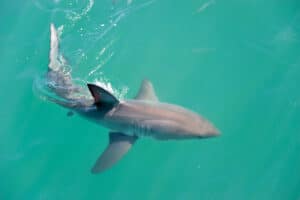Meet the massive ‘Mahone’! He is the largest male shark ever to be tagged by the Ocearch tracker study in Canadian waters. This amazing creature was first tagged near Lunenburg in 2020 and is named after Mahone Bay. Guess where he is now? Over the last week, he has been cruising off the coast of Florida. His latest ‘ping’ on March 29th was on the Blake Plateau – an underwater feature off the coast of Cape Canaveral. Keep a look out!
What Is The Ocearch Study?
We all know that many of our magnificent ocean creatures are under threat. By collecting data on how they move around the oceans, we can understand them better and hopefully figure out how to protect them. Ocearch was established to collect data on how animals move around the oceans by tagging and tracking some of them. As of April 2024, 437 animals are tagged. The data is shared with scientists, students, and the public.
What Do We Know About ‘Mahone’ The White Shark?
Mahone is a white shark, their scientific name is Carcharodon carcharias. He is an adult and measures 13 feet and 7 inches in length. This guy also weighs 1,701 pounds to be precise! Since he was first tagged in 2020, he has traveled an amazing 18,174 miles.
His journey has taken him far out in the Atlantic Ocean off the coast of Massachusetts near a series of volcanic peaks called the New England Seamounts. From here, he ventured through the Cabot Straight into the Gulf of Lawrence. A month later (November 2023), he was near Yarmouth, Nova Scotia. From there, he worked his way south down the US coast. On February 29th 2024 he was close to the coast near Palm Coast and now he appears to be heading into deeper water again. You can track him yourself on the Ocearch tracker.
How Do White Sharks Move Around?

Great white sharks are the ocean’s apex predators.
©iStock.com/ShaneMyersPhoto
Thanks to Ocearch we now know more about the movements of white sharks in the western North Atlantic. The sharks make predictable annual migrations to Newfoundland in the north and the eastern Gulf of Mexico in the south. They generally spend summer in waters off the coast of Canada and New England feeding on seals. Then, as it gets colder, they head down to warmer waters around South Carolina and the Gulf of Mexico. They tend to return to the same locations over many years. This provides vital information on which areas need to be protected so that we can give them the best chance of thriving.
The photo featured at the top of this post is © Martin Heyn/iStock via Getty Images
Thank you for reading! Have some feedback for us? Contact the AZ Animals editorial team.






